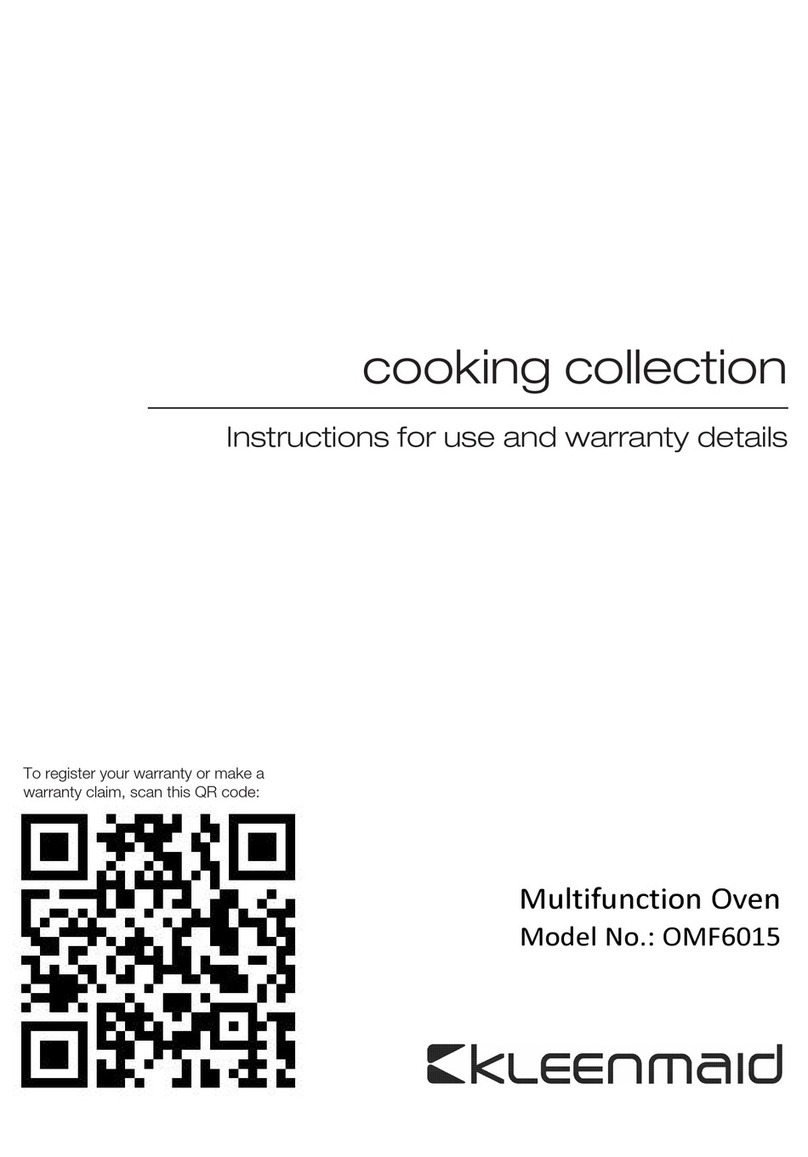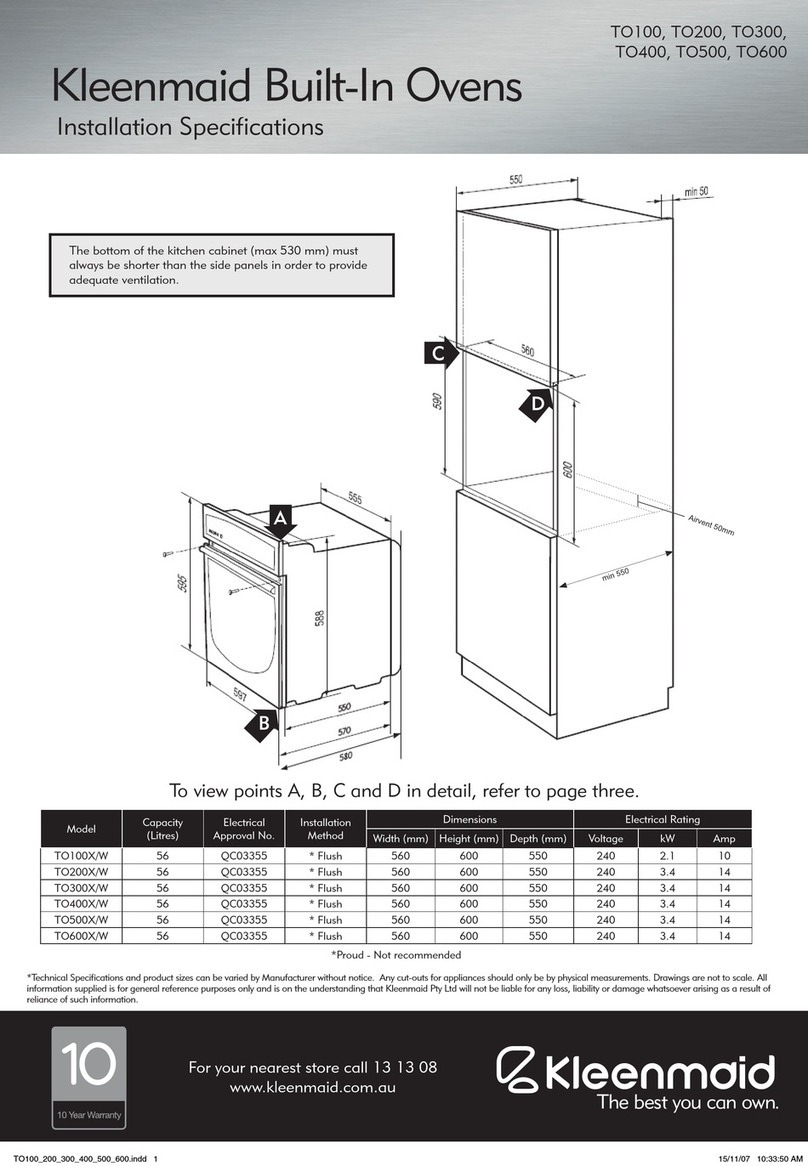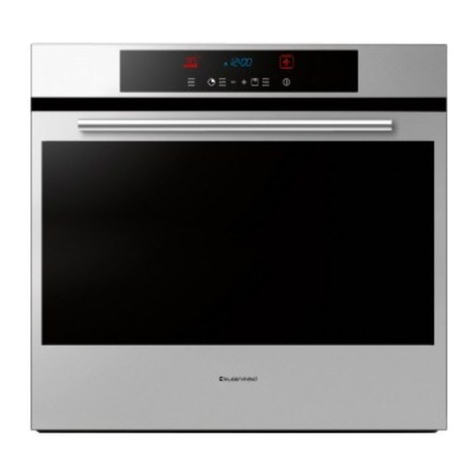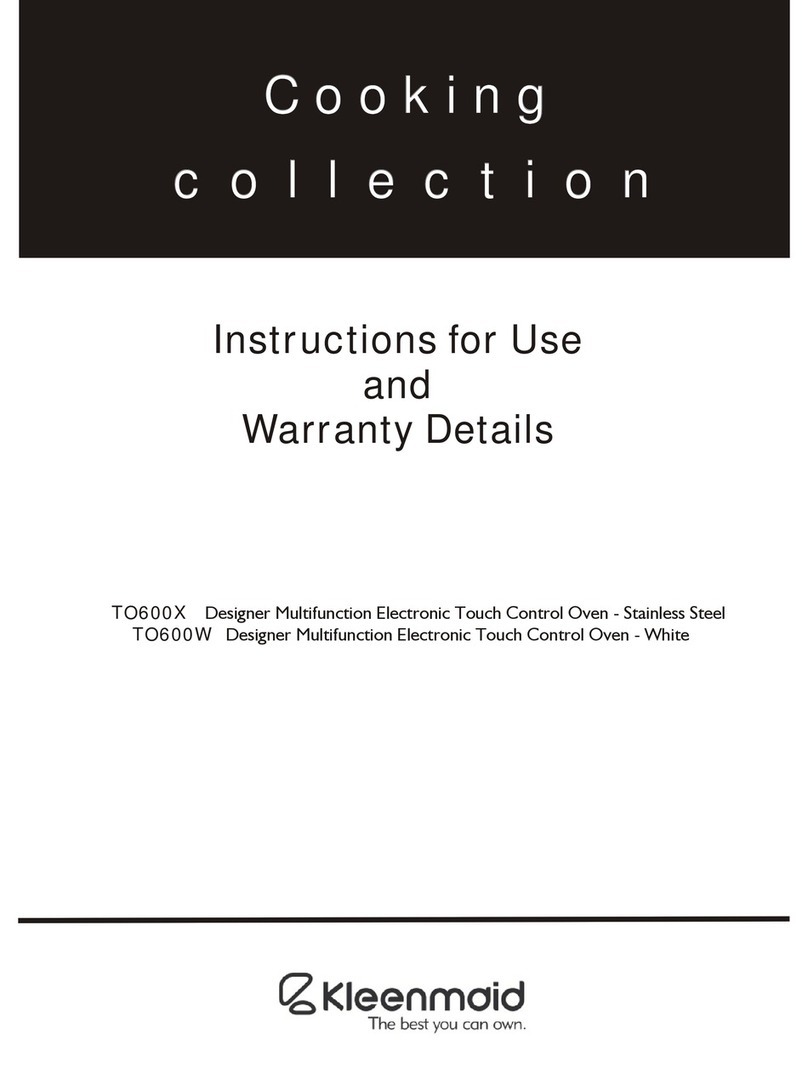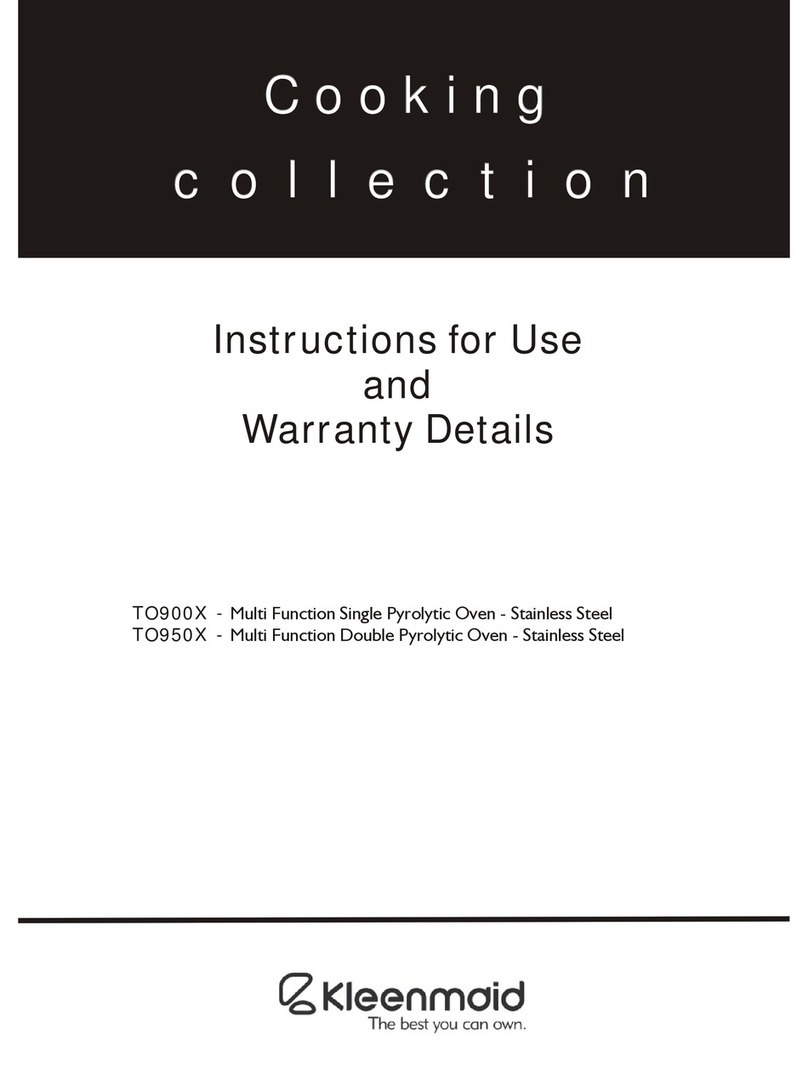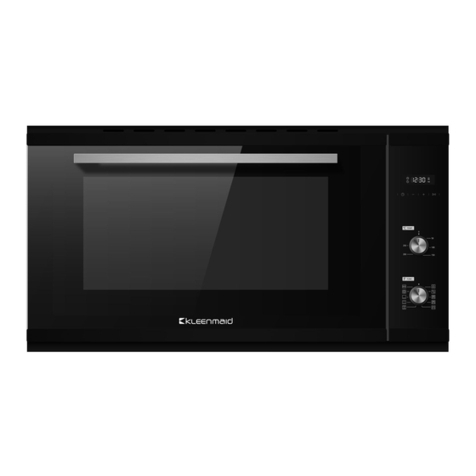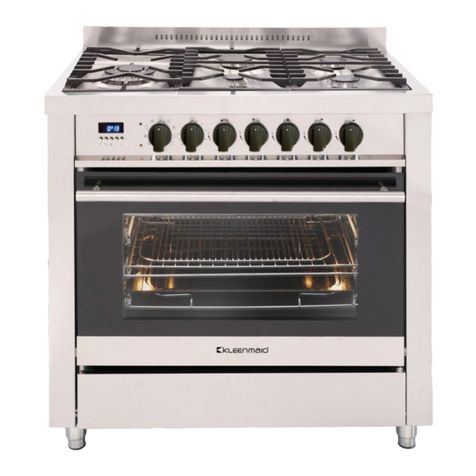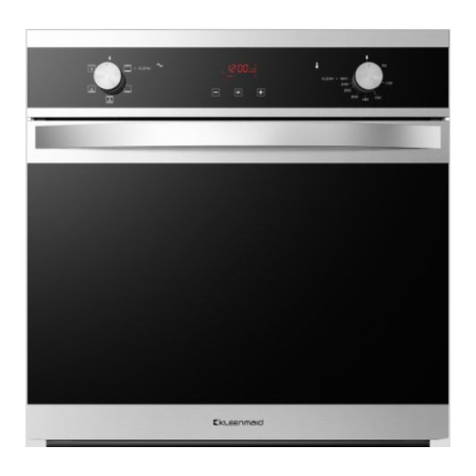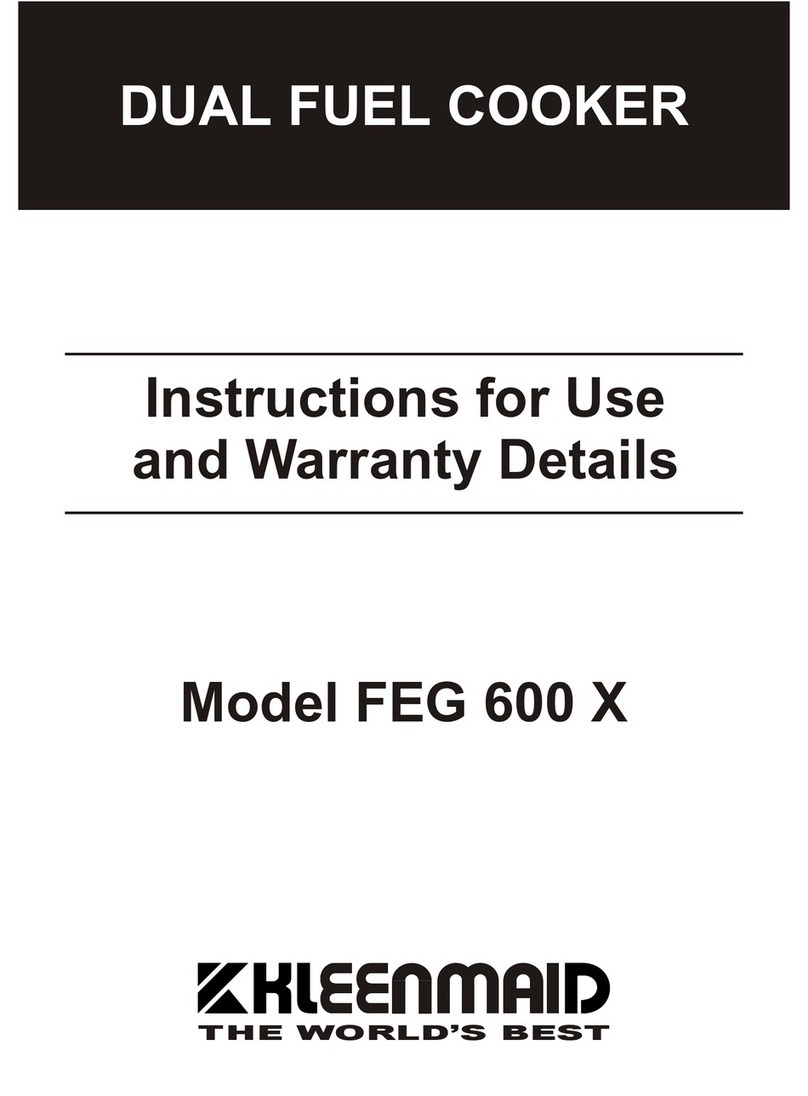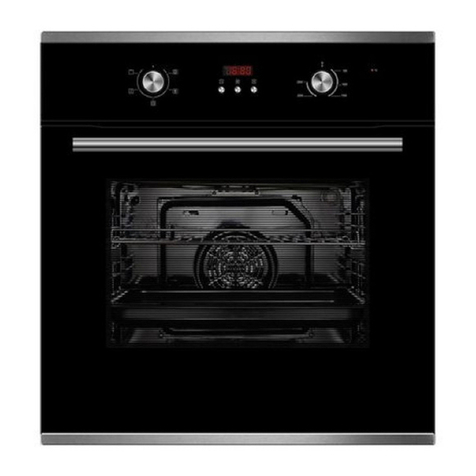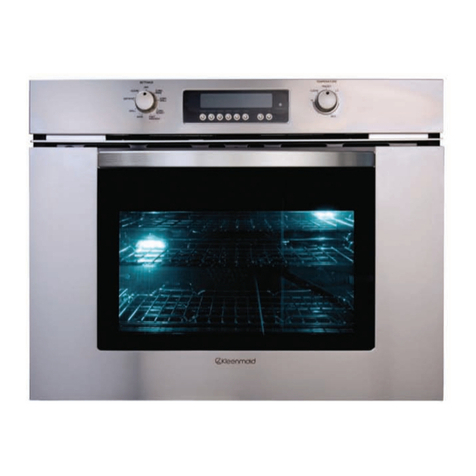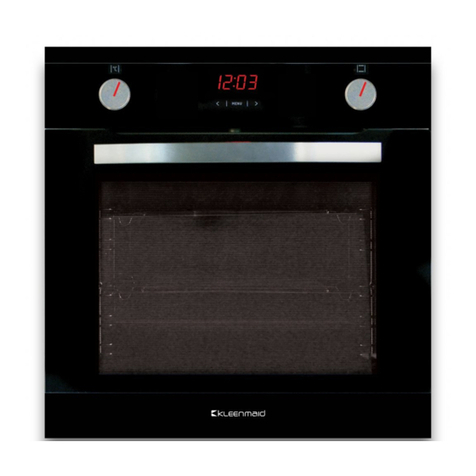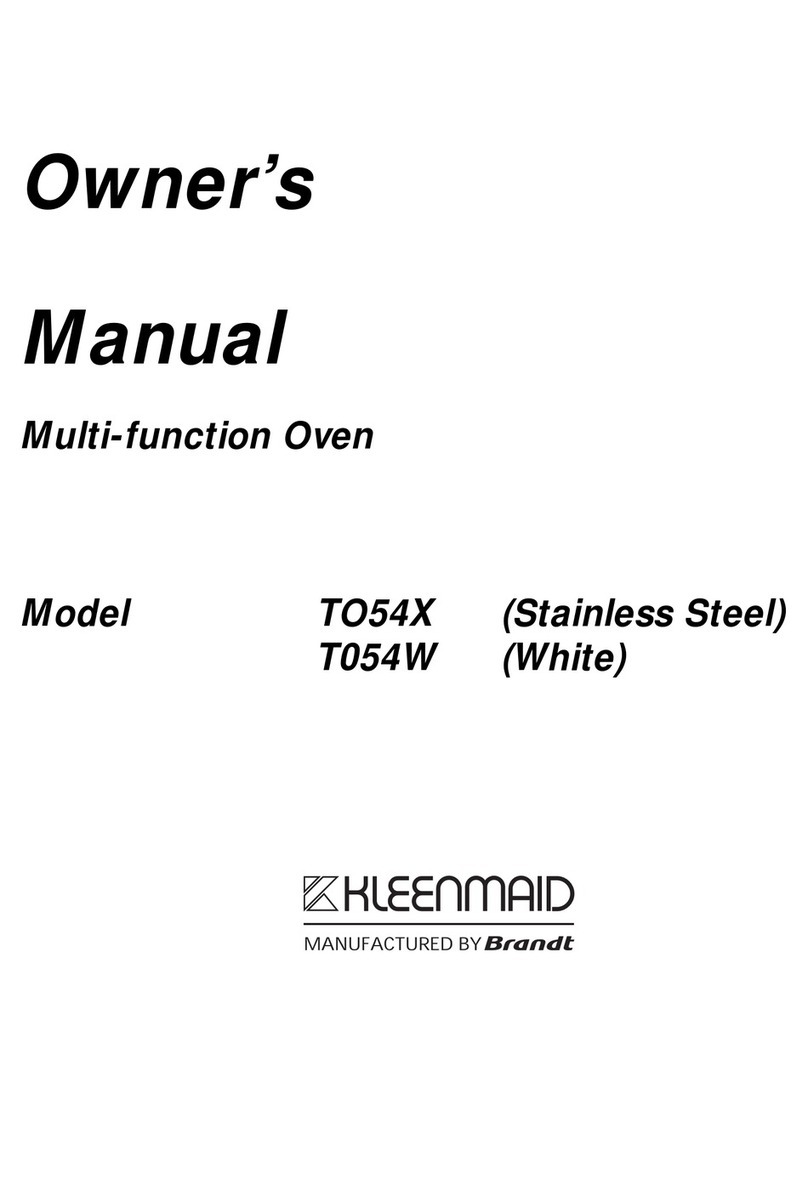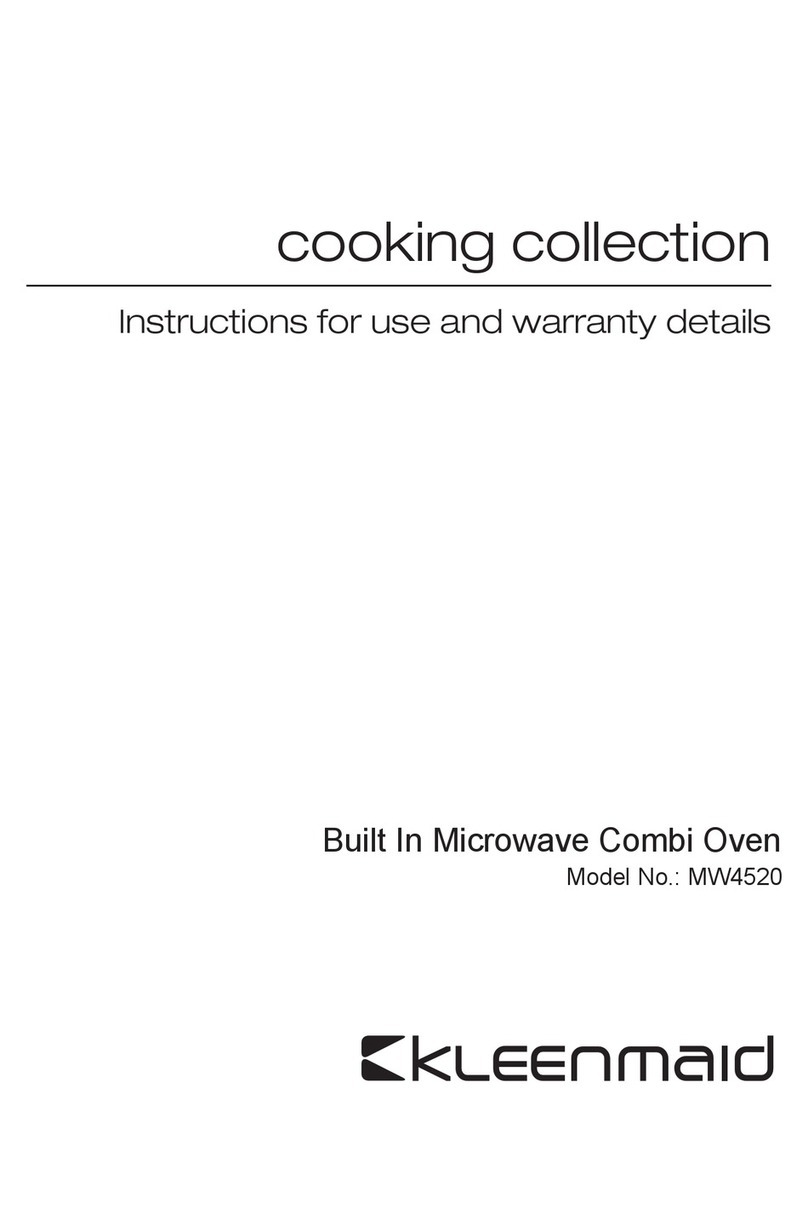1. General information ______________________________________ 5
1.1 Technical service _________________________________________________________ 5
2. Warnings for safety and use ________________________________ 6
3. Installation______________________________________________ 8
3.1 General warnings _________________________________________________________ 8
3.2 Fitting the adjustable feet ___________________________________________________ 9
3.3 Fitting the front moulding ___________________________________________________ 9
3.4 Electric connection _______________________________________________________ 10
3.5 Power consumption of the vitroceramic hob____________________________________ 12
3.6 Power consumption of the volcanic rock grill ___________________________________ 12
3.7 Ventilation in rooms with gas appliances ______________________________________ 13
3.8 Gas connection__________________________________________________________ 13
3.9 Gas adjustments_________________________________________________________ 15
3.10 Connecting to LPG _______________________________________________________ 15
4. Final operations ________________________________________ 16
4.1 Levelling the cooker to the floor _____________________________________________ 16
5. Description of controls ___________________________________ 17
5.1 The front panel __________________________________________________________ 17
6. Using the cooking hob ___________________________________ 23
6.1 Switching on the burners __________________________________________________ 23
6.2 Switching off the burners __________________________________________________ 23
6.3 Abnormal Operation ______________________________________________________ 23
7. Using the deep fryer _____________________________________ 24
7.1 Before switching on the deep fryer ___________________________________________ 24
7.2 How to fry ______________________________________________________________ 24
7.3 Indicative frying times _____________________________________________________ 25
7.4 Switching off ____________________________________________________________ 25
8. Using the fry-top / steak grill _______________________________ 26
8.1 Before switching on the fry-top / steak grill _____________________________________ 26
8.2 Switching on ____________________________________________________________ 26
8.3 Energy regulator table ____________________________________________________ 26
8.4 Switching off ____________________________________________________________ 26
9. Using the volcanic rock grill _______________________________ 27
9.1 Before switching on the grill ________________________________________________ 27
9.2 Switching on ____________________________________________________________ 27
9.3 Energy regulator table ____________________________________________________ 28
9.4 Switching off ____________________________________________________________ 28
10. Using the vitroceramic hob _______________________________ 29
10.1 General warnings ________________________________________________________ 29
10.2 Switching on ____________________________________________________________ 29
10.3 Switching off ____________________________________________________________ 29




